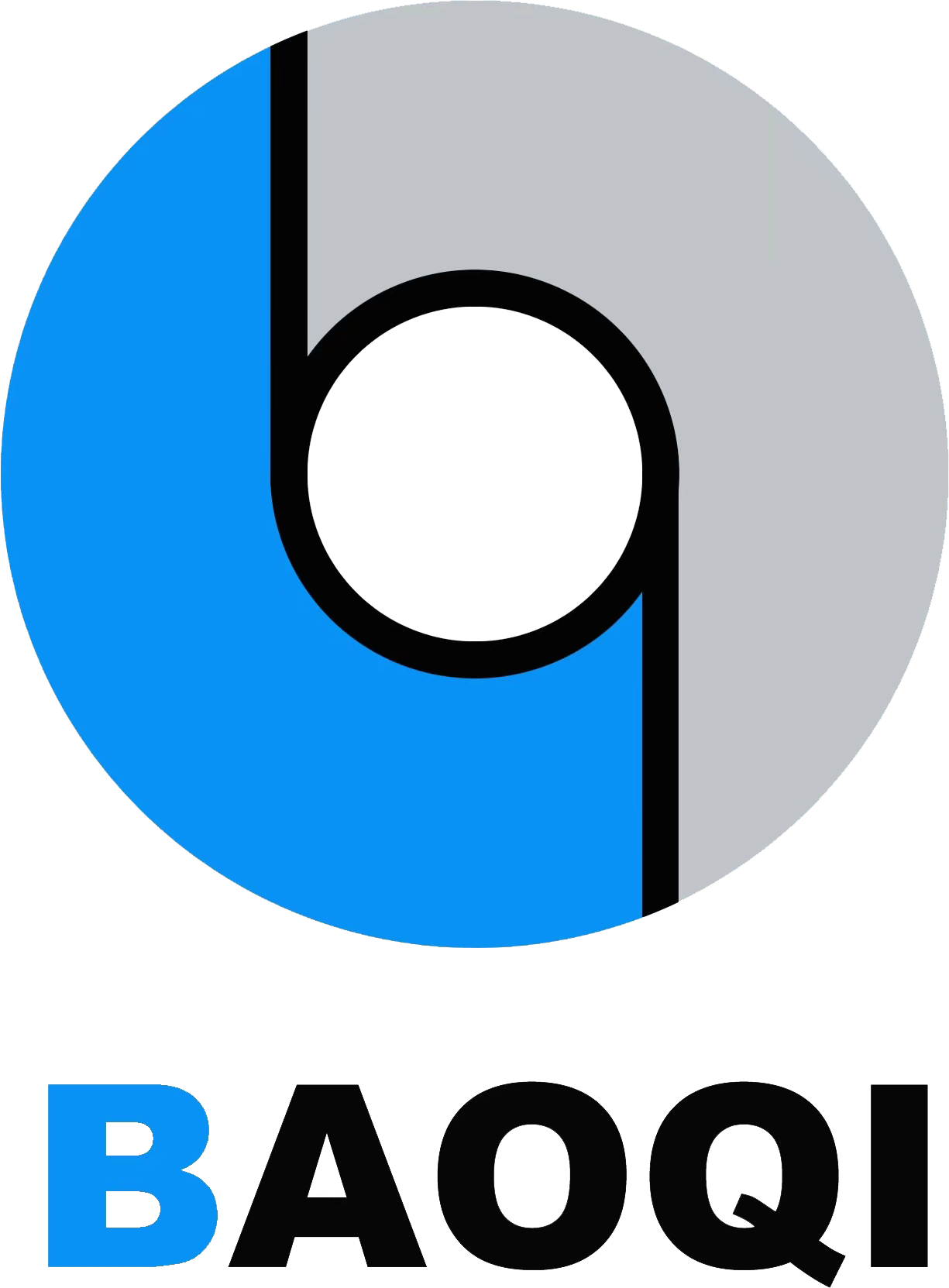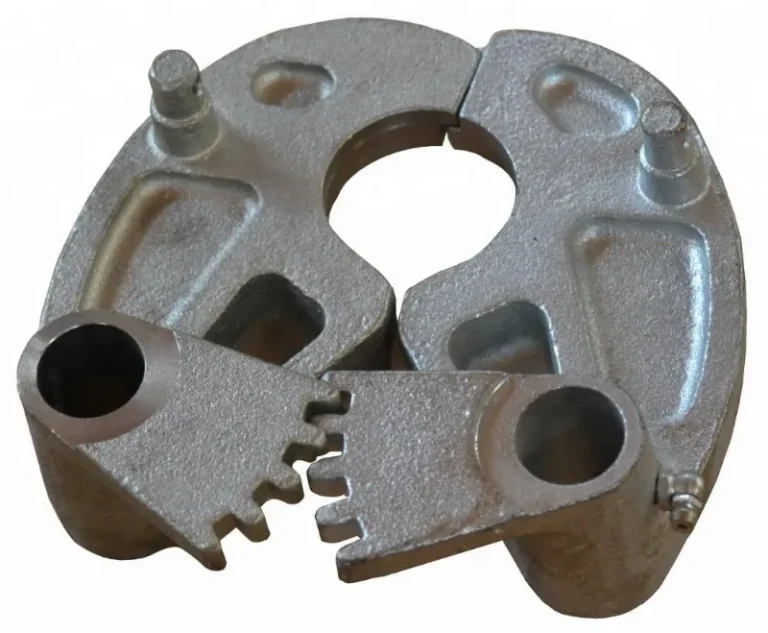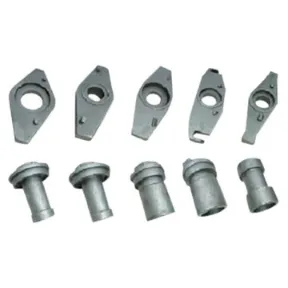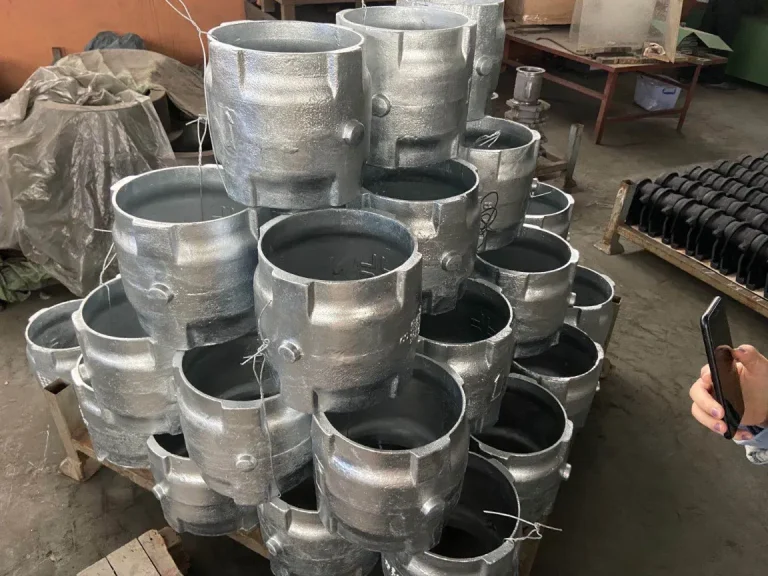What Are Anchor Plates?
Definition and Basic Function of Anchor Plates
A plate anchor is a type of anchor device that consists mainly of a flat plate. It is designed to provide holding power by embedding into the seabed or other substrates such as soil in various applications. Plate anchors are widely used in marine and construction settings due to their effectiveness and relatively simple design.
Common Materials Used in Anchor Plates
Anchor plates are made from strong materials. These materials handle heavy weights and tough weather. Common ones include steel, stainless steel, and cast iron. Steel is popular because it’s strong and not too expensive. Stainless steel fights rust well. It’s great for places with lots of water or bad weather. Cast iron works for jobs needing extra strength against pressure. Qingdao Baoqi Intelligent Co.,Ltd. possesses professional technology and equipment. They produce all kinds of high-quality anchor plates, which will surely make you feel that you get more than you pay for.
The advantages of anchor plates
High Holding Power: Due to their large surface area in contact with the substrate, plate anchors can provide significant holding power. This makes them suitable for applications where a strong anchoring effect is required.
Versatility: They can be used in different substrates, including sand, mud, and soil. The design can also be modified with fins or other features to optimize their performance in specific conditions.
Cost–effectiveness: Plate anchors are generally relatively simple in design and construction, which can make them a cost–effective solution compared to some other types of anchors.
The Importance of Anchor Plates in Structural Stability
How Anchor Plates Distribute Loads
Anchor plates are vital for keeping structures safe. They spread weight across a bigger area. When used with bolts or other fasteners, they move weight from one part to another. For example, they shift weight from a beam to a column. Or from a wall to its base. This keeps stress from building up in one place. It lowers the chance of cracks or breaks.
The Role of Anchor Plates in Preventing Structural Failures
Buildings can fail if weight isn’t spread right. Weak connections also cause problems. Anchor plates fix this. They make strong links that fight forces like pulling, pushing, or sliding. In places with earthquakes or strong winds, anchor plates are a must. They help buildings stay tough. They keep structures safe even when forces try to shake them.
The applications of anchor plates
overview of the anchor plate applications
Construction and Civil Engineering: In construction, plate anchors are used to secure structures such as retaining walls, foundations of light – structures, and temporary structures like scaffolding. They provide stability by anchoring these structures to the ground and preventing them from being displaced by wind, water, or other external forces.
Outdoor and Recreational Activities: Smaller plate anchors can be used in outdoor activities such as camping to secure tents in windy conditions. They can also be used in fishing to anchor small boats or floating platforms.
Specific Uses of Concrete Anchor Plates in Construction
Concrete anchor plates are crucial in building projects. They’re used with precast parts like walls, floors, or roof supports. These plates get placed in concrete while it’s being poured. They create strong points to attach other parts or fixtures. You’ll see them in big projects like bridges or tunnels. There, strength and weight support matter a lot. Concrete anchor plates also help with modular building. They make it easy to put together prefab pieces fast.
The Connection Between Anchor Plates and Bolts
How Anchor Bolts Work with Anchor Plates
Anchor bolts are a big part of how anchor plates and bolts work together. They team up to keep structures solid. Bolts go into holes or slots in the anchor plates. This ties the plates to the foundation or another part. The anchor plates and bolts move weight between parts like beams, columns, or walls. They also connect to the support below. This teamwork is key for handling forces like wind or quakes.
Bolts often get set in concrete during building. This makes a strong, lasting link. When used with a concrete anchor plate, they make a solid spot to attach precast parts like walls or roof supports. This setup is super important for big projects like bridges or tunnels. Strength and toughness are critical there.
Ensuring Compatibility Between Anchor Plates and Bolts
Anchor plates and bolts must work well together. Their materials, sizes, and threads need to match. For example, steel anchor plates should use bolts made of similar stuff. This stops rust that can weaken the link over time.
The holes or slots in the anchor plate must fit the bolts. Holes too big can make things wobbly. Holes too small can make setup hard. The threads on bolts should also match any nuts or fasteners used with the plate.
Engineers use standard rules to pick anchor plates and bolts. These rules look at things like weight needs and weather. This helps avoid using parts that don’t fit. It keeps the structure strong.
Key Considerations When Using Anchor Plates
Factors to Evaluate for Proper Installation
Installing anchor plates right takes careful thought. Here are key things to check:
Material Choice: Pick materials that handle weather and weight. Stainless steel is good for wet areas. It fights rust.
Weight Needs: Figure out the weight the plates will hold. Choose plates that won’t bend or break.
Alignment: Line up plates exactly. Bad alignment can cause uneven stress. This might lead to damage.
Concrete Strength: For concrete embedment, use strong concrete. It needs to hold the weight passed by the plates.
Checks: Look over everything before and after setup. Make sure parts meet the plan and have no flaws.
These steps matter a lot for precast parts or modular building. Precision is key there.
Maintenance Tips for Long-Term Performance
Keeping anchor plates in good shape takes regular care. Here’s how to do it:
Regular Checks: Look at plates often. Check for wear, rust, or damage. Spotting problems early stops bigger issues.
Cleaning: Clear away dirt or harmful stuff from plates. This keeps them strong.
Re-Coating: Add protective layers when needed. These shield metal from water or weather.
Bolt Tightening: Make sure bolts stay tight. Loose bolts can weaken under moving weights.
Replacement: Swap out damaged or rusty parts fast. This keeps the structure safe.
In tough places like coasts or factories, check plates more often. Harsh conditions can wear them out faster.
FAQs
How do anchor bolts work with concrete anchor plates?
Anchor bolts hold concrete anchor plates in place. They move weight between parts and the foundation. This happens through bolts set in concrete.
What factors should be considered when installing anchor plates?
Think about material choice, weight needs, alignment, concrete strength, and checks. These ensure a strong setup.
How do you ensure compatibility between an anchor plate and its bolts?
Match materials, sizes, and threads. Use standard rules to pick parts. This avoids weak connections.
What maintenance steps help prolong an anchor plate’s lifespan?
Check for wear or rust often. Clean plates. Add protective coatings. Tighten bolts. Replace bad parts. These keep plates working well.
For custom solutions with forging parts like anchor systems, Qingdao Baoqi Intelligent Co., Ltd. has over 10 years of expertise. They offer ISO-9001 certified products. These are built for strength and work in projects worldwide!










